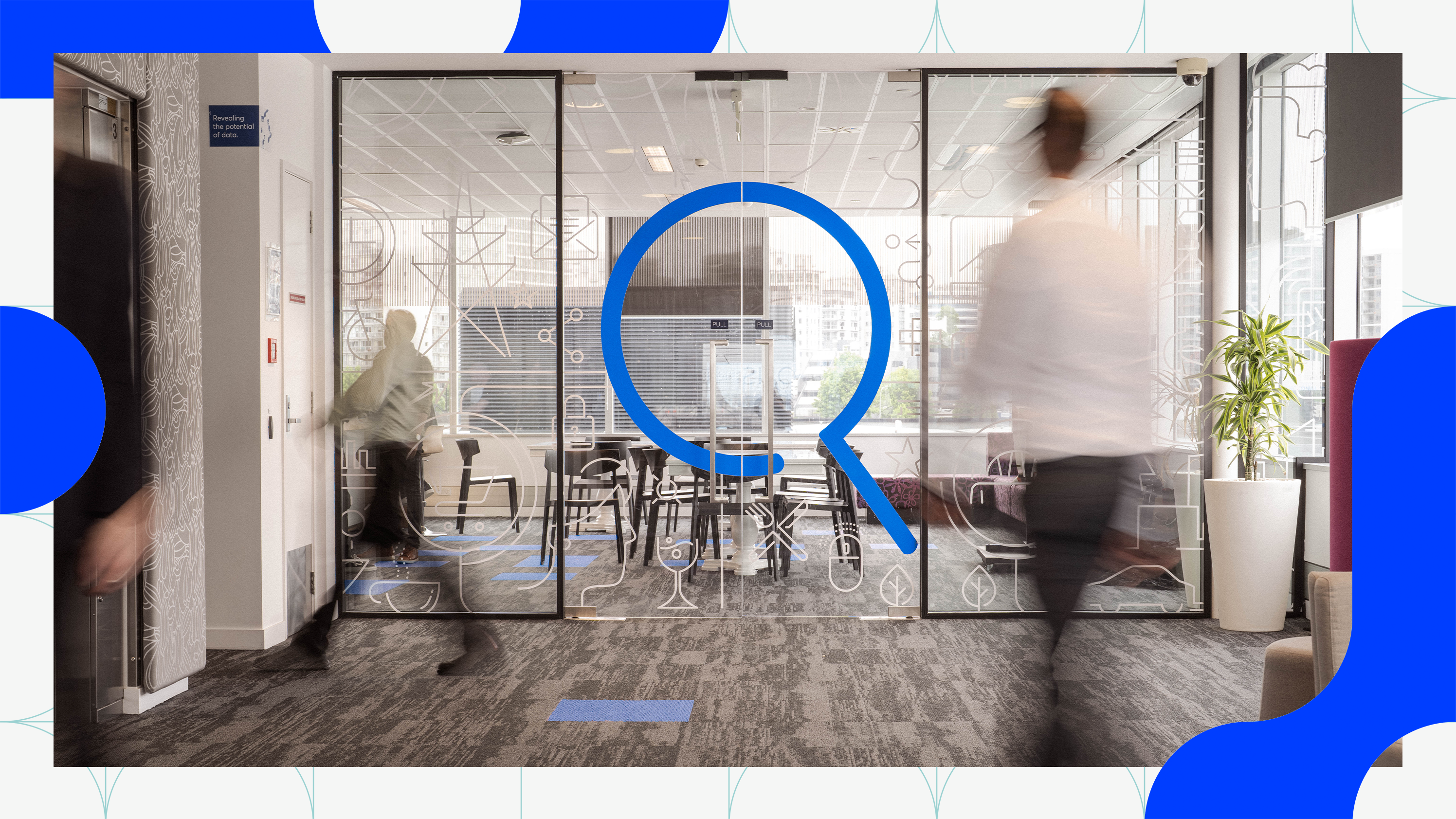There is a lot of material available that shows case studies and examples of AI and provides guidance on how to get started. For many New Zealand organisations this material often feels like it is written for someone else – specifically someone with more money to spend and with more developed capabilities in this space.
So, what’s a New Zealand perspective?
Firstly, have you got the ambition to build and create?
Building and creating has a different mindset and different skills from consuming or reselling. For example, creating BurgerFuel in 1995 and growing it across the whole of New Zealand, and now in UAE, Saudi Arabia, and USA took a different type of desire, ambition, and expertise to purchasing and running a McDonalds franchise.
There’s a similar difference in desire, mindset, and skills when looking at how to apply AI to your organisation. First, you’ve got to get a kick out of what you’re doing, and you’ve got to want to take it up a level or into a new area. If that’s not the case, then you’ll probably be deterred too easily by the obstacles and missteps that occur - and they will occur. AI is powerful, but getting it working in your organisation is complex; to use David Snowden’s Cyenfin framework, it is much more an emergent practice than it is a set of best practices. In a recent podcast, I commented that Qrious works with customers that are ambitious. When you are looking to build and create something different, you need to be ambitious to persist.
One of the areas we apply AI is in gaining insight from voice and text interactions at massive scale. The “consuming” approach to this is to take the standard AWS, Azure, or Google services and apply them to your data, which can be pretty effective if you’re dealing with common topics and the accents and idiom that these US companies train on. The “build” approach is to leverage AI built by the world’s top universities and tech companies (stand on the shoulders of giants) and use them as a starting point for what you want to achieve specifically.
If you’d like some inspiration for why you should be starting to build right now in this Covid-19 world, then take a look at Marc Andressen’s (of ‘Software is eating the world’ fame) recent blog post “It’s time to build”. He’s talking to a US audience, but everything here holds true for New Zealand.
Are the more common use cases right for me?
There are many uses of AI that are applicable for most organisations. These are usually the easiest to find examples for and are often the simplest to create. Some examples;
- Nearly every organisation has customers of some sort. AI can achieve a lot here – reduce churn, create recommendations, be the intelligence behind the ‘next best action’, predict lifetime value, power dynamic customer segmentation. I could go on.
- Many organisations handle large volumes of customer interactions via voice, social, email, etc. AI can read and understand any volume of material and highlight key themes, sentiment and state of mind.
- The finance departments of organisations need to determine the appropriate tax treatment for transactions. AI can predict these treatments at high speed and accuracy, and highlight doubtful transactions to the team.
- Medium to large organisations have many internal documents and often find knowledge management difficult. AI can be used to automatically understand documents and create intuitive ways to search and sort them, surfacing information in user-friendly ways.
- Most organisations need to stay abreast of news, industry developments, and social media. This can be automated through AI, enhancing market intelligence and broadening perception.
- Detecting anomalies of various sorts. This can range from fraud to data feeds to quality control. AI is very good at understanding patterns and identifying when something is unusual.
- This kind of detection can also be applied to the physical world. Machine vision can identify health and safety issues or physical security for people and vehicles. If your organisation has far flung or difficult to reach assets, then video footage from drones can be used to reduce cost and increase safety for staff.
- AI is increasingly proficient at writing copy, social media posts, or even legal and technical documents. Organisations can use this to generate first drafts and iterations to increase the capacity of skilled teams.
Using AI in this way can be a very effective option and a good way to start for New Zealand organisations. While there are still no ‘best practices’, there are ‘good practices’ that can be adopted to achieve strong time to value. At Qrious, we’ve worked with enough unique customers on these kinds of topics that we have components and processes that are repeatable and data that is specific to New Zealand, so costs are lower and results are faster than starting from a blank page. The intent being that our good practices and platform means our customers can become builders in the areas they want to focus on much faster.
What’s the opportunity that is more specific to me?
Finding some good ideas for the more general use cases can be as simple as an internet search and some brainstorming. What about ideas that are more specific to your organisation?
This is where collaborative and interdisciplinary ways of working come to the fore. The reason for this is that you need a range of domain knowledge to really understand the balance of feasibility, time investment, and value. There is a great quote from Andrew Ng ““The first project that the CEO suggested is not the right one to invest in.” (re:MARS 2019). To be fair to CEOs, it’s also probably not the first project anyone suggested – it’s only through bringing together a range of domain expertise and perspectives that you decide on a ‘good project’.
If you don’t have solid AI experience you won’t have a good idea of what is feasible with AI, if you don’t have knowledge of internal systems and process you won’t understand timeframes for delivery, and if you don’t have solid understanding of the business dynamics it’ll be hard to understand the value.
With AI as it stands currently, it is particularly important to understand how the various pieces of the technology can be combined to create something that is specific to your organisation. It isn’t a perfect analogy, but an AI system is like building a brand for an organisation – it is not just advertising, not just employee experience, not just the product, not just the customer interactions but rather how those pieces combine into an overall system. In the same way marketing expertise applied to specific organisations results in something bigger than the sum of the parts, so does AI expertise.
Ok, so I can’t tell you where the conversation will end but I can share some useful starting points:
- What is a strategic goal that we want to put a dent in within the next 12 months? I use 12 months because most New Zealand organisations don’t have the ability to have a function or experiment that will take longer. Ideally your organisation will have a portfolio of AI opportunities, with a range of pay off ranges. However, most organisations don’t have that yet either.
- What would a more intelligent version of our product/service look like? There’s a danger in limiting the creativity to an existing product/service. What it can provide though is a clearer understanding of the size of the prize. By starting with something you already understand you can extrapolate easier.
- Where are we most inefficient? Sounds a little negative but like the point above, the fact that you know/suspect you are inefficient in this area will help you address it more easily. If you know that a 1% gain would generate $200k+ benefit then AI will often be an excellent solution. For example a 1% reduction in churn, a 1% increase in acquisition effectiveness, 1% reduction in inventory loss, etc. are all useful points to explore.
- What decisions do we make that are strongly informed by data/information? What decisions are strongly informed by experience and context? AI learns from past data to reach a conclusion now or predict the future. If you can uncover an important decision (or many instances of the same decision) that already has a lot of data associated with it (say, lending applications), then AI can almost certainly add speed, scale and consistency and probably also lift quality. If you have decisions that rely on human experience (say, is a project going to succeed), then at the very least AI can augment their knowledge and decision making.
As an example, if you handle perishable goods then wastage might be an area where you know you are inefficient. This could uncover a strong case for forecasting demand for your products and automating replenishment and stock management. This is straight forward conceptually, however the specifics of your organisation will result in a tailored and specific AI system.
Create a robust New Zealand organisation
New Zealand organisations usually will not have the resources of the companies that share use cases. However, this is not a significant barrier to getting real value for organisations here in New Zealand. With a builder, a creative mindset and access to domain expertise, our organisations can gain as much value as anyone else and enhance the robustness and dynamism of New Zealand.









